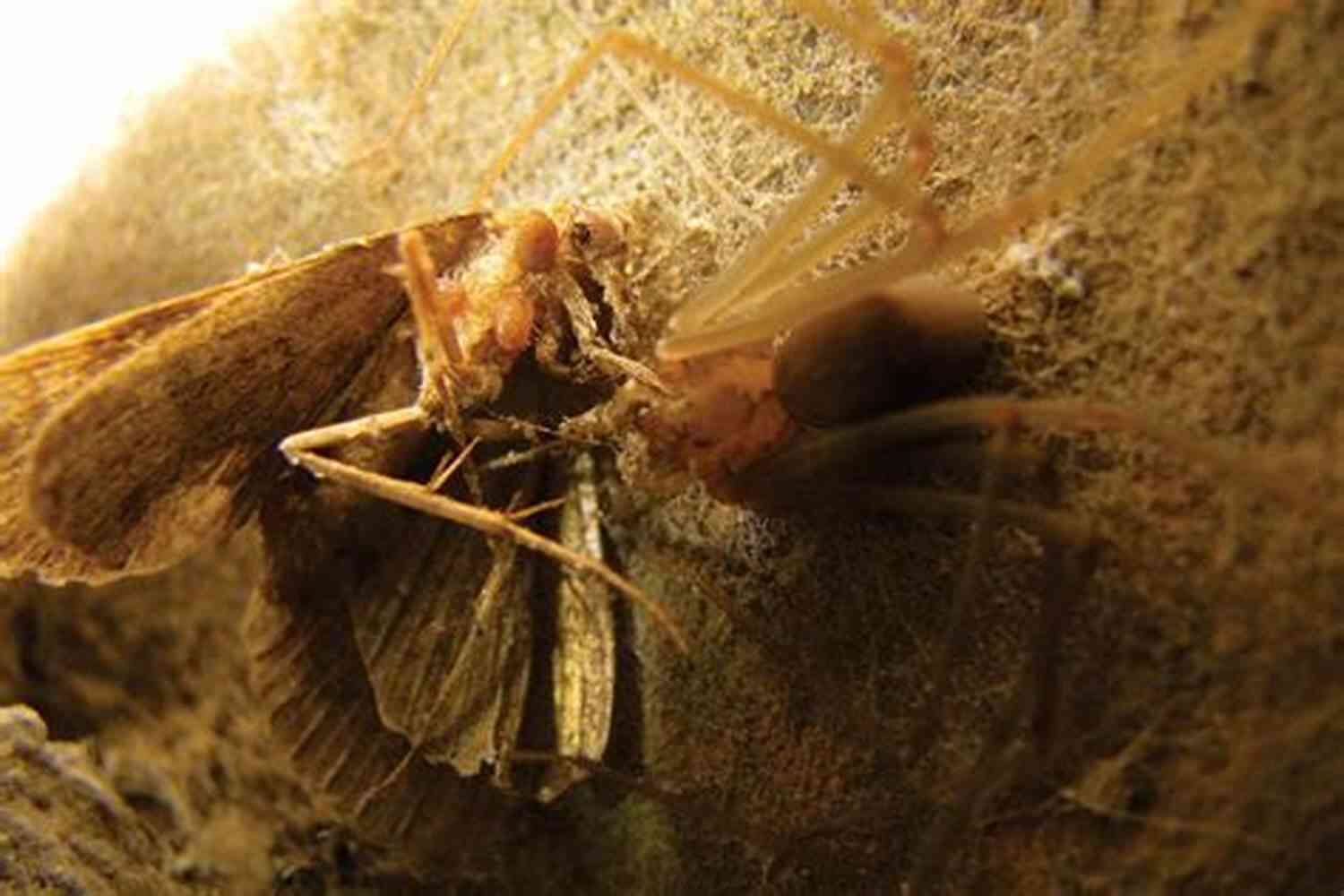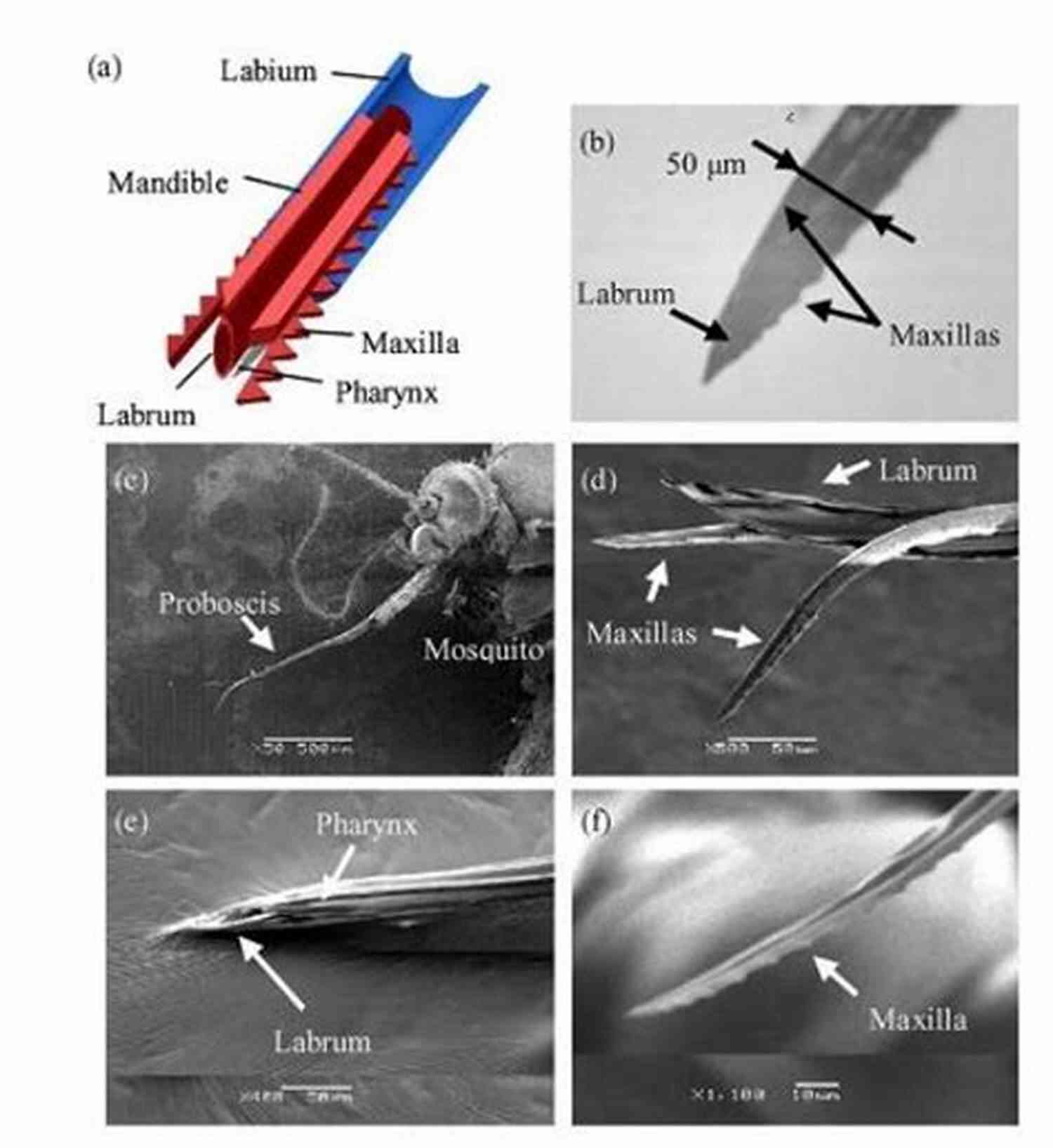The world is home to an abundance of fascinating and often overlooked creatures. From the awe-inspiring giants to the tiny marvels, each species contributes to the intricate web of life on Earth. Today, we dive into the world of a small but remarkable creature - The Mother Mite!
Unraveling the Secrets
The Mother Mite, scientifically known as Acarogenetica materna, is an arthropod that belongs to the family Acroproctidae. Found in the lush forests of the Amazon rainforest, this extraordinary creature has captured the attention of scientists and nature enthusiasts alike due to its unique traits and behaviors.

Anatomy and Characteristics
Measuring a mere 2 millimeters in length, the Mother Mite may seem inconspicuous at first glance. However, its anatomy holds a myriad of adaptations that make it a truly remarkable creature.
5 out of 5
| Language | : | English |
| File size | : | 812 KB |
| Text-to-Speech | : | Enabled |
| Screen Reader | : | Supported |
| Enhanced typesetting | : | Enabled |
| Word Wise | : | Enabled |
| Print length | : | 10 pages |
The exoskeleton of the Mother Mite is a vibrant mix of green and brown, allowing it to blend seamlessly with the densely vegetation of its environment. Its delicate limbs are equipped with microscopic hairs that aid in both movement and sensory perception.
One of the most captivating features of the Mother Mite is its long, needle-like mouthpart called a proboscis. This specialized structure allows it to extract nectar from specific flowers, acting as a pollinator of several plant species within its habitat.

Social Behavior and Parenting
The Mother Mite has a fascinating communal living system. It constructs intricate nests, delicately woven from silk-like threads secreted from its abdominal glands.
Each nest houses a collective of Mother Mites and their offspring. The mites display a division of labor, where some mites act as caretakers and defenders of the nest, while others venture out in search of food.
Remarkably, the Mother Mite exhibits a form of communal parenting. Young mites are fed by all members of the collective, ensuring their survival and growth. This selfless act of providing for one another helps create strong and resilient communities of Mother Mites.

Life Cycle and Reproduction
The life cycle of the Mother Mite is relatively short, typically spanning between 2 and 4 weeks. Each adult female can lay up to 50 eggs during her lifetime.
Once the eggs hatch, the mother and other community members diligently care for the young mites. As the juveniles grow, they undergo several molting stages before reaching adulthood.
Interestingly, the Mother Mite has two mating strategies: the classic sexual reproduction and a rare form of asexual reproduction known as parthenogenesis. This ability to reproduce both sexually and asexually is a testament to the adaptability and resilience of this tiny creature.
The Mother Mite and Nature's Balance
While the Mother Mite may appear insignificant compared to the grandeur of other creatures, its role within the ecosystem is vital. By pollinating various plant species, it contributes to the diversity and sustainability of the Amazon rainforest.
Furthermore, the Mother Mite's communal living system serves as an example of cooperation and mutual support in the animal kingdom. Studying these incredible creatures not only deepens our understanding of their unique adaptation strategies but also provides insights into the complexities of social structures in nature.
The Importance of Preserving Our Natural World
The Mother Mite's story highlights the importance of preserving and protecting our natural world. Every organism, no matter how small or inconspicuous, plays a crucial role in maintaining the delicate balance of our planet's ecosystems.
By taking proactive steps to conserve biodiversity and protect vulnerable habitats like the Amazon rainforest, we can ensure the survival of remarkable creatures like the Mother Mite for future generations to marvel and learn from.
The Mother Mite has captured our attention with its astonishing adaptations, social behavior, and invaluable contributions to the ecosystem. This tiny creature serves as a reminder that even the most unassuming organisms are worth appreciating and protecting.
By delving deeper into the wonders of nature and celebrating the beauty of all life forms, we cultivate a sense of responsibility towards a sustainable and harmonious coexistence between humans and the natural world.











































































